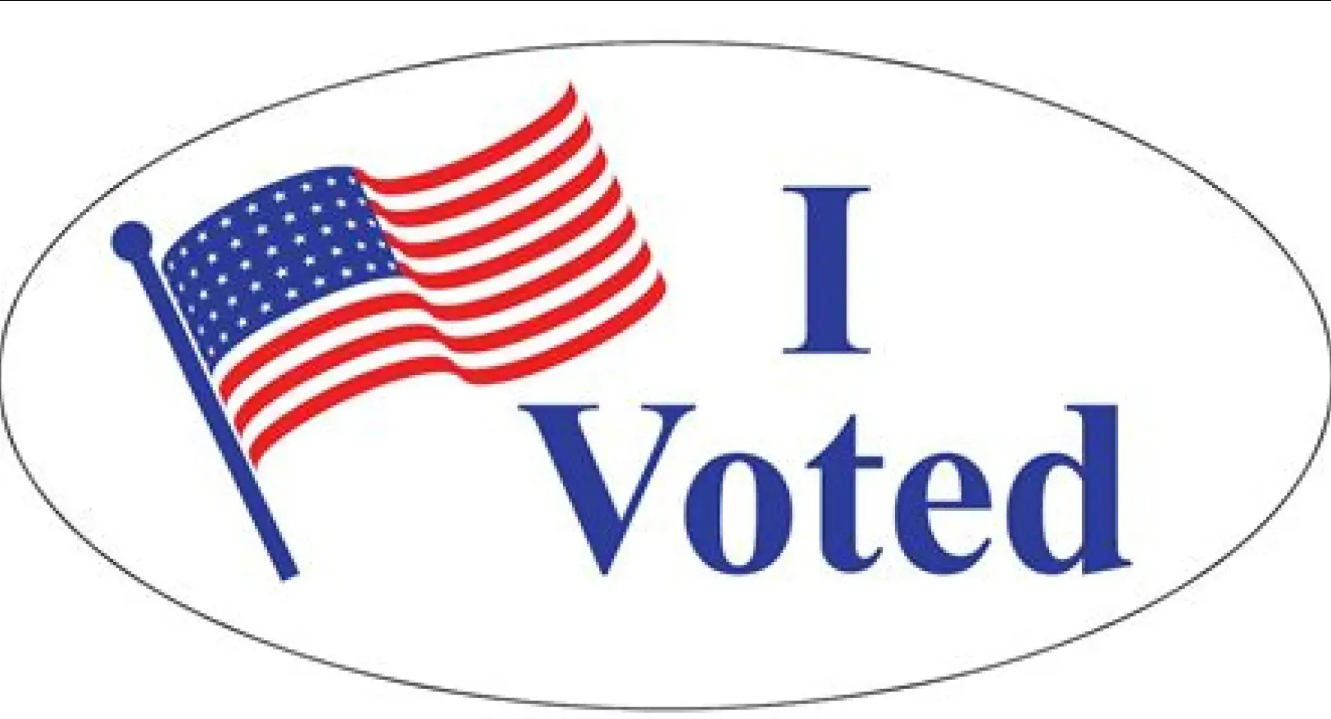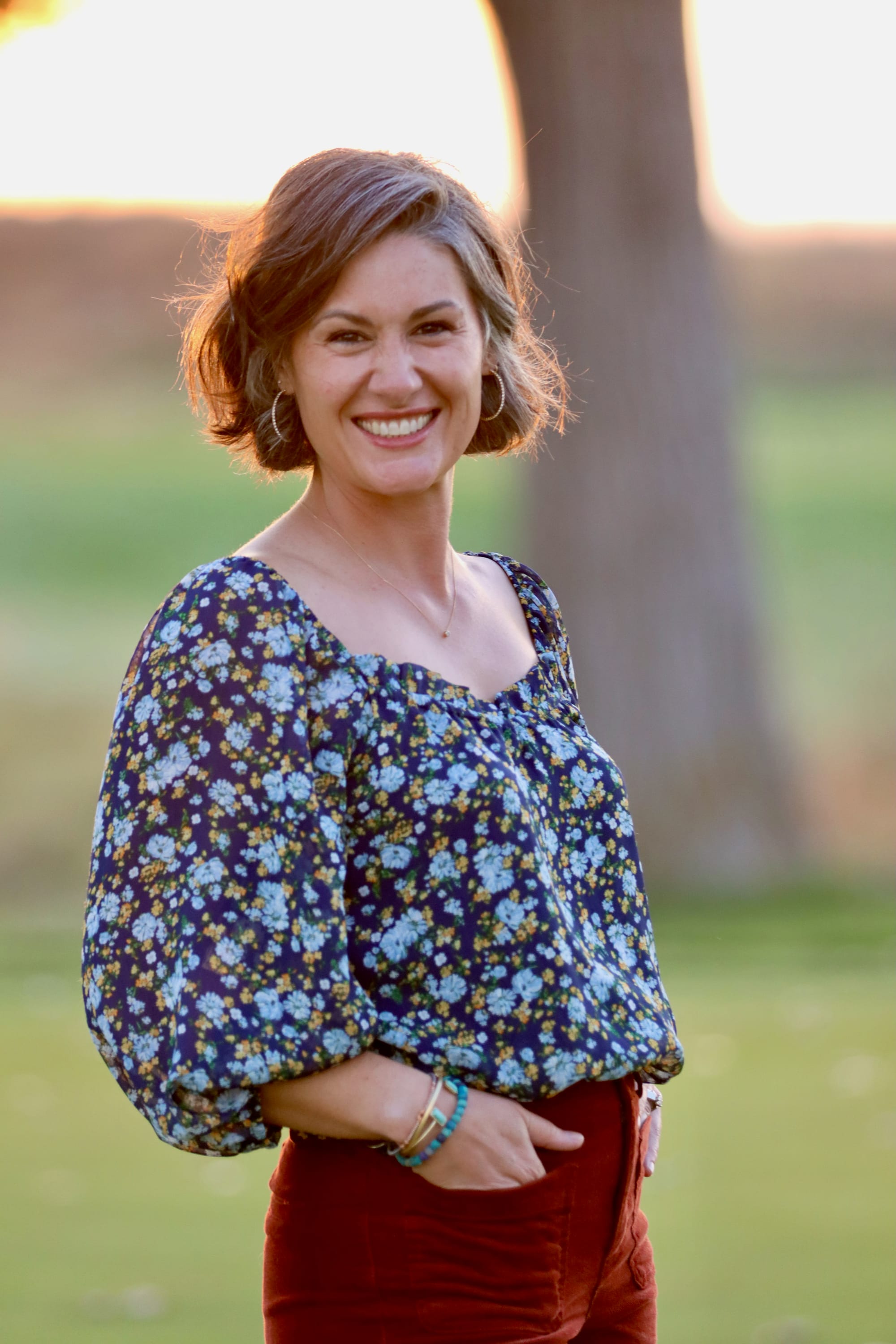Meet your candidates - Laura Corey - Candidate for Hutchinson USD 308 school board
The following responses are from candidates running for local government and board of education seats in the November election. Each candidate was sent the same list of questions and asked to respond. Answers will be published as they are received.

Candidates' responses have not been edited.

1. What is your background, and how will it help you to serve this district?
I’m a Licensed Specialist Clinical Social Worker, small business owner, and mom of three fourth-generation Salthawks. My background in social work has taught me how to listen, solve problems, and make decisions with both data and compassion. Growing up the daughter of a seventh-grade English teacher instilled in me a deep respect for educators and public schools. Since joining the USD 308 Board in 2021, I’ve worked to strengthen support for staff and students alike - always guided by the district’s mission, vision, and values.
2. Describe your qualifications and experience for this office and explain your reasons for running. How would you be an asset?
With a background in social work, I’ve built my career around listening, problem-solving, and helping people reach their goals. As I mentioned - I’m a social worker, small business owner, and also a current USD 308 Board member who cares deeply about our schools and the people who make them work. My focus is on supporting staff, expanding opportunities for students, and ensuring safe, modern learning environments. I’ll be an asset by bringing balanced leadership, empathy, and a steady, solutions-focused approach to every decision.
3. What are the priority issues facing our district, and how would you address them if elected?
Our district’s priorities include strengthening curriculum, supporting and retaining great staff, and updating facilities to reflect today’s educational needs. I’ll continue focusing on data-driven strategies that improve student learning and ensure teachers have the tools and support to do their best work. Passing the bond proposal is key to creating safe, modern spaces that align with how students learn today. My approach will stay collaborative, transparent, and always centered on what’s best for kids.
4. What are the most important challenges facing our district, and how do you propose to address them?
One of our greatest opportunities is to continue building on the strong, student centered culture that already exists in our district. We’re committed to setting high expectations for every student, staff member, and leader - while also fostering a culture of empathy, flexibility, and support for individual needs. At the same time, we recognize that our current facilities present some challenges. The multiple transitions during the middle school years and the number of separate pre-K sites create barriers to efficiency and consistency. A dedicated early learning center will strengthen kindergarten readiness, while a unified middle school will provide greater academic and social continuity - ensuring that students and staff feel more connected during these key developmental years. By investing in both our people and our spaces, we can create a more cohesive, supportive learning environment where every Salthawk is equipped for tomorrow’s world.
5. Describe your commitment to public education.
Public education has shaped my life. As the daughter of a public school educator - and now as a parent, board member, and community advocate - I’ve seen how strong schools change lives and strengthen communities. Quality public schools don’t just prepare students; they drive economic growth, attract families, and sustain our local tax base. My commitment to USD 308 and Hutchinson is unwavering. I’ll continue advocating for students, supporting teachers, and ensuring every decision reflects our district’s mission, vision, and values.
6. A district is only effective if it serves all constituents. What specific steps would you take to ensure that people from all walks of life benefit from equity, access, an inclusive opportunity? How will YOU ensure all students are “welcomed” in your district?
Every student deserves to feel seen, valued, and supported. As a social worker, I’ve spent my career helping people overcome barriers to access and belonging, and that perspective guides my work on the board. I’ll continue advocating for policies and practices that advance equity - from early intervention and strong student supports to hiring and retaining a diverse, highquality staff. Listening to families and creating safe, welcoming spaces for every learner are essential. When we foster a culture where all students are included and encouraged to thrive, our entire community grows stronger.
7. Specifically, how should “school safety” be enhanced or improved in your school district?
School safety is about more than secure buildings - it’s about ensuring students and staff feel physically and emotionally safe. During my time on the board, we’ve strengthened partnerships with local law enforcement and maintained a robust School Resource Officer presence in our buildings. Moving forward, I support continuing to invest in updated facilities, clear communication systems, and preventive measures - including mental health supports and early intervention. Safety starts with relationships and culture: when every student feels known, valued, and supported, our schools become safer for everyone.
8. There is great national concern regarding the status of the teaching profession and whether there are adequate numbers of highly qualified teachers to fill current teaching positions. How will you work with district leadership to ensure vacancies are filled with highly qualified staff, new teachers attracted, and senior staff supported?
I’ve served on the district’s negotiations committee for the past two years, where we’ve prioritized increasing staff wages - including a 6.2% raise for teachers. Competitive pay is essential, but retention also depends on culture. When educators feel valued, supported, and part of a positive, collaborative environment, they’re more likely to grow and succeed. I’ll continue working with district leadership to strengthen recruitment, mentoring, and professional growth opportunities, while also advocating with state representatives to protect education funding. When we invest in our teachers, we invest directly in our students and our community’s future.
9. If you are elected (or re-elected) how should constituents measure your performance at the end of your term? What would you need to do to earn an “A” (excellent) grade? Identify specific benchmarks. If you are currently serving on the school board, how would you grade your present leadership?
As a current board member, I’d give my leadership an A–. I’m absolutely proud of the progress we’ve made but always striving for more. Over the past term, we’ve raised teacher pay, strengthened community trust, and made real progress toward modern, efficient facilities that better serve students. Looking ahead, I’d hope to be measured not only by data, but by the resiliency and pride we build in our students and staff - qualities that are harder to measure but essential to district success. To earn an “A,” I’ll continue focusing on culture, achievement, and alignment with our mission of educating and empowering every Salthawk for life.
10. Transparency is critical in order to develop trust, improve community engagement and ensure support for public education. How will you ensure the district is transparent with the community?
Transparency builds trust and keeps our community engaged. I’ll work to make district information clear, accessible, and shared proactively - so people understand not just what we decide, but why.
11. What are the strengths of the district, and what do you see as its biggest challenges?
Hutchinson’s greatest strength is its people - the dedicated teachers, staff, and families who show up every day for our students and a community that genuinely values public education. Our biggest challenges are reflected in the bond proposal: too many transitions, disjointed pre-K facilities, and inequities among elementary buildings. Passing the bond will not only improve student experiences and outcomes but also help us recruit and retain great staff in a competitive job market. We’ve made real progress, but sustained investment and clear communication will be essential to keeping Hutchinson strong for the long term.
12. How can the board be more accessible to the entire community?
The board can be more accessible by creating space for genuine dialogue. In today’s climate, criticism can be amplified by a few, while many others quietly support or stay disengaged. It’s our job to invite everyone in by communicating clearly, listening intentionally, and meeting people where they are - through school events, surveys, and open conversations. When people feel heard and informed, even amid disagreement, trust grows and our schools become stronger partners with the community we serve. I’m especially proud of how the board and district have invited people into the facilities conversation that led to the proposed bond - it truly reflects the voices and priorities of our community.
13. An individual school board member has no authority; decisions can only be made by the Board as a whole. What skills or traits will help you contribute to its functioning?
Collaboration, communication, and respect are essential to effective board service. I listen carefully, seek to understand multiple perspectives, and focus on facts and shared goals rather than personal agendas. My background as a social worker helps me navigate difficult conversations and build consensus, even when opinions differ. I believe in teamwork, transparency, and keeping our focus on what matters most - doing what’s best for students.
14. School issues have become fiercely divisive. Can the school board do anything to lessen the rifts in the school district?
Yes. The board can help reduce division by leading with empathy, facts, and transparency. When people feel heard and understand the “why” behind decisions, even disagreement becomes more productive. I believe in creating space for honest dialogue, focusing on shared values, and modeling respect in how we work together. Our common ground is our kids - and keeping that at the center helps bridge divides and strengthen our community.
15. Do you believe charter schools strengthen or weaken public school districts? (and why)
Charter schools can bring innovation, but in communities like ours they can also draw resources from the public schools that serve all students. The balance we have now works well, and our focus should remain on strengthening neighborhood schools that serve every child.
16. Anything else our readers should know?
I care deeply about this community and the students, teachers, and families who make it special. My goal has always been to listen, collaborate, and help create schools where every child feels seen, supported, and challenged. I’m proud of the progress we’ve made and committed to continuing the work - with transparency, respect, and a focus on what unites us: doing what’s best for Hutchinson kids. I’d appreciate your vote on November 4th. Thank you for your support of Hutchinson kids and public education.